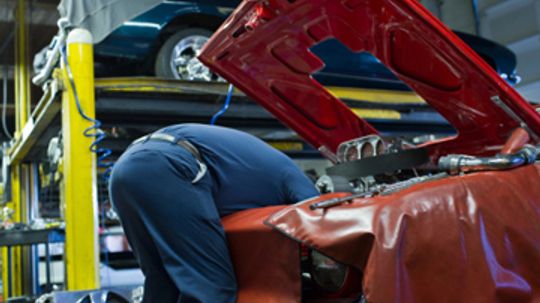Unraveling the Enigma: The Purpose and Significance of a Harmonic Imbalancer
An In-Depth Exploration into the Mechanics of a Harmonic Imbalancer
Intricate and Meticulous: Delving into the Inner Workings of this Mechanical Marvel
The intricate machinery that propels our vehicles forward is an amalgamation of countless components working in perfect harmony. Among these, one often overlooked yet indispensable device is the harmonic imbalancer. This unassuming contraption plays a pivotal role in maintaining equilibrium within an engine, ensuring smooth operation and longevity.
With its primary function being to counteract vibrations caused by rotational forces, the harmonic imbalancer acts as an astute guardian against potential damage. By neutralizing these oscillations, it safeguards vital engine components from wear and tear while enhancing overall performance.
Constructed with meticulous precision, this mechanical marvel consists of two main elements – a mass damper and a crankshaft pulley. The mass damper serves as the core component responsible for absorbing unwanted vibrations generated during engine operation. Its strategic placement within the system allows for optimal dampening effect, mitigating potentially detrimental consequences.
Furthermore, harmonics – those pesky resonant frequencies that can wreak havoc on internal combustion engines – are effectively suppressed by this vigilant sentinel known as the harmonic imbalancer. Through its calculated design and precise engineering techniques, it ensures that any disruptive oscillations are promptly quelled before they can cause harm.
In conclusion, although often overshadowed by more prominent automotive components, such as pistons or camshafts; make no mistake about it – without harmonic balancers diligently performing their duty behind-the-scenes – our beloved machines would be subjected to unnecessary stressors leading to premature failure. So let us not underestimate nor overlook their significance, for these unsung heroes silently safeguard the smooth operation and longevity of our engines.


